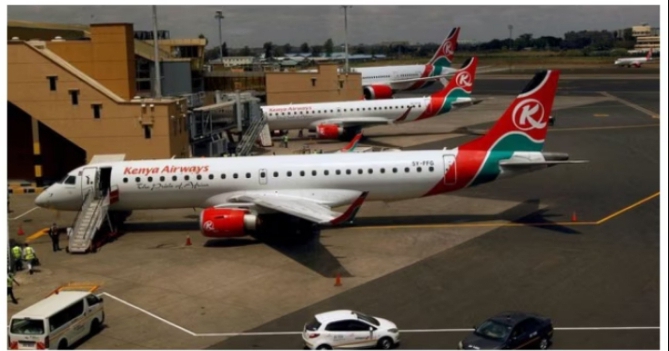It has been reported that investments in renewable energy fell to its lowest level, in Africa in more than a decade last year, despite the continent’s huge potential.
According to the research statement, only $2.6 billion of capital was rolled out for new wind, solar, geothermal and other renewable power-generating projects in 2021, being the lowest level of funding in 11 years.
This is said to have amounted to 0.6 percent of the $434 billion invested in renewables across the world, said the report, released at the United Nations meeting in the Egyptian seaside resort of Sharm el-Sheikh.
It was further stated that, renewable energy investments rose nine percent worldwide between 2020 and 2021 to reach a record high, but they fell 35 percent in Africa.
This, it was confirmed, has occurred “despite Africa’s outstanding natural resources, rapidly growing electricity demand and improving policy frameworks,” the statement said.
READ MORE: AfDB Draws $63.8 Billion Worth of Investment Interest in 2022
In this regard, “Clean energy investment in AfricaClean energy investment in Africa is at an alarming low level,” Michael Bloomberg, the billionaire philanthropist and former New York mayor, said in another statement.
According to him, “Changing that requires new levels of collaboration to identify viable clean energy projects and bring more private financing and public support to them,” Bloomberg is also the UN chief’s special envoy on Climate Ambition and Solutions.
He maintained that, Africa has huge potential for solar power but it only represents 1.3 percent of global capacity.
Additionally, investment is also largely concentrated in a few countries, including Egypt, Kenya, Morocco and South Africa, which together account for three quarters of the total.
In his opinion, Luiza Demoro, head of energy transition research at BNEF said, “The ingredients are there for Africa to be a major market for clean energy growth, including outstanding natural resources and massive demand.”
However, she said, “But incomplete policy regimes and reluctant investors continue to keep investment levels below where they could and should really be.”




